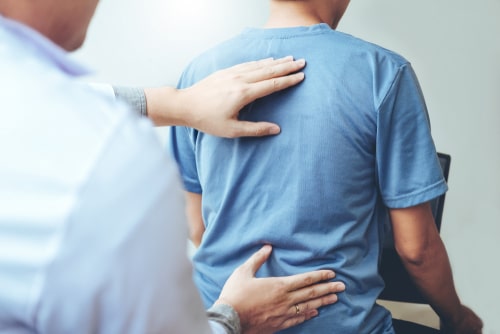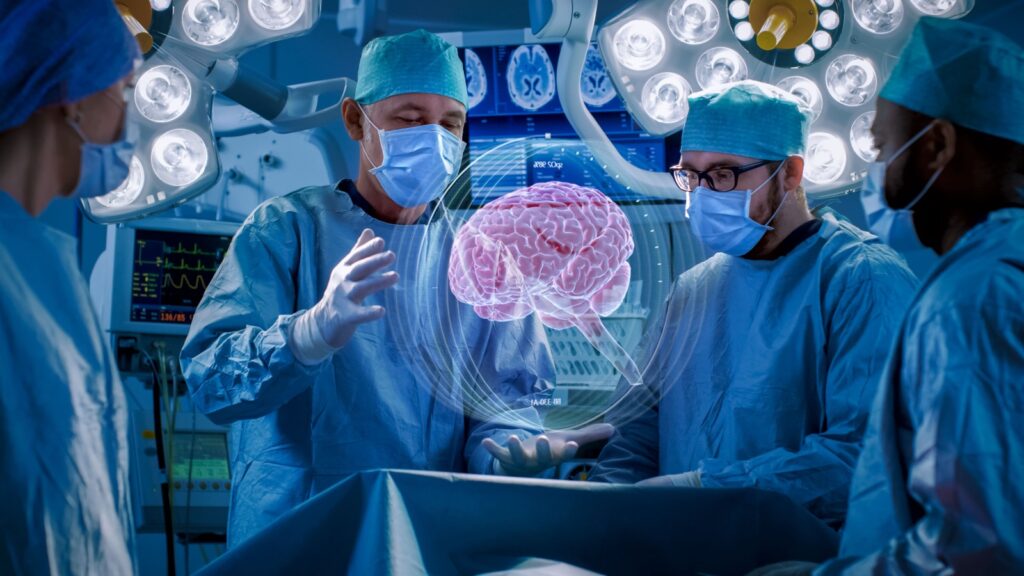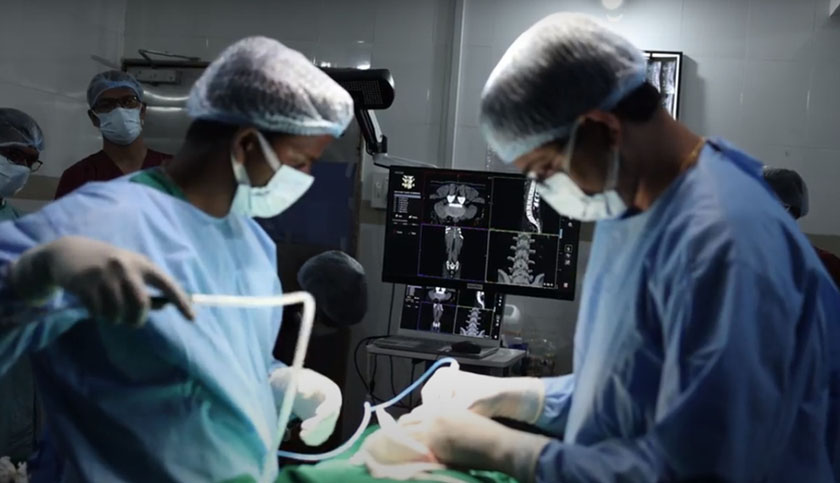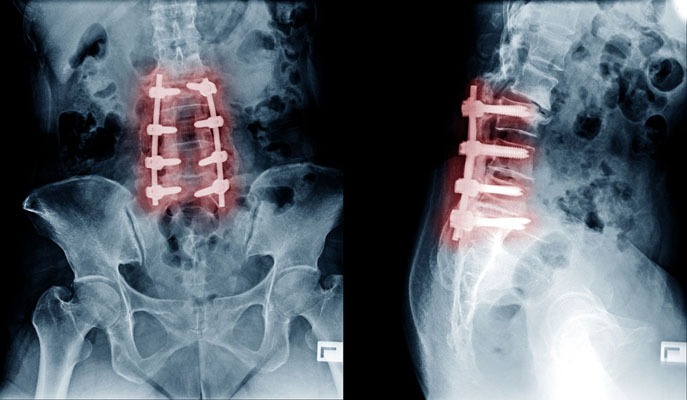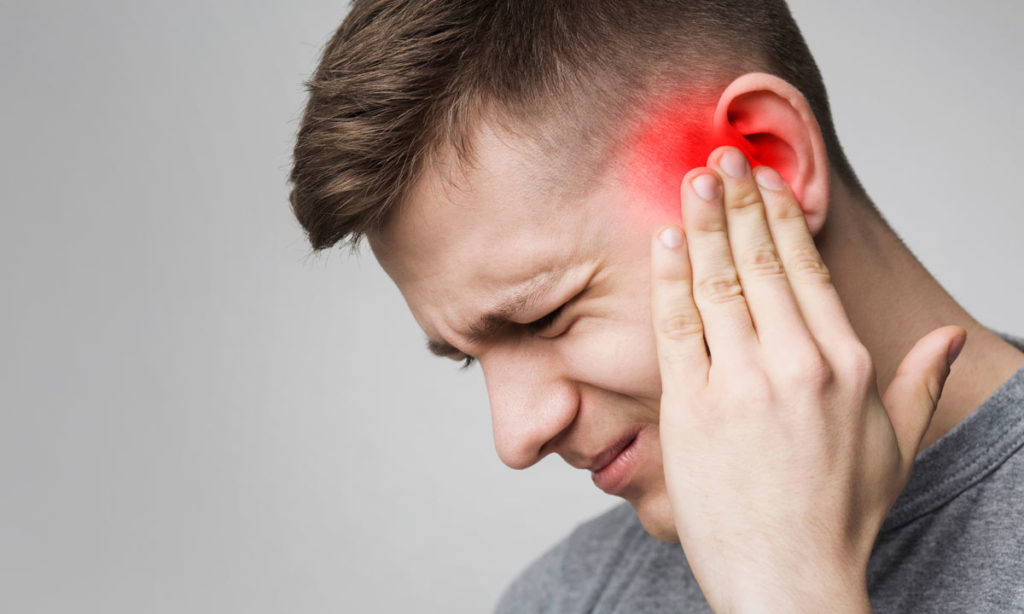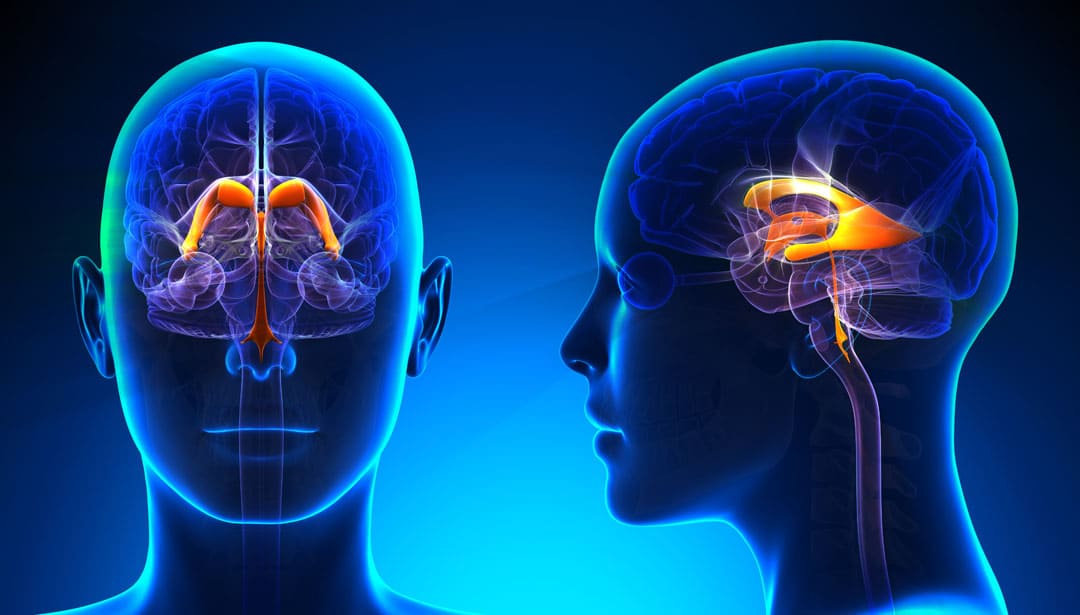Blood clot in the brain surgery
Dr. Ravindra Patil
on
April 17, 2023
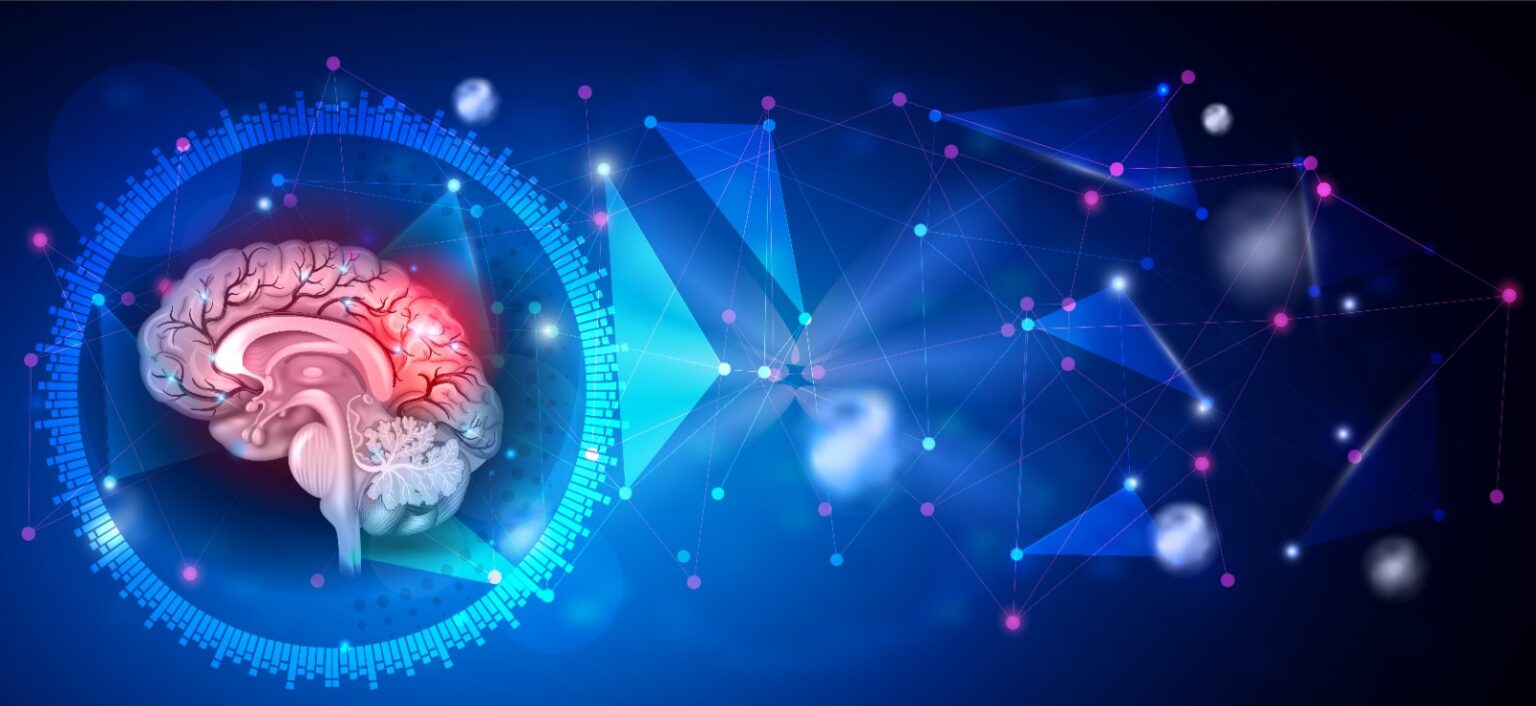
Blood clot in the brain surgery
By Dr.Ravindra Patil
Blood clots are good because they prevent blood loss. Clotting is a mechanism to prevent blood loss. If we sustain a wound, the blood clots and our bleeding stops.
However, sometimes the blood clots at the wrong places, like inside arteries or veins. If this happens in the arteries of the brain or the heart, it stops blood flowing to parts of brain or the heart. This causes cerebrovascular stroke or a heart attack respectively.
Or, there may be internal bleeding [called haemorrhage] and that causes space occupying lesions and sometimes this collection of blood pushes the brain to one side.
Luckily all the above conditions are treatable.
A blood clot in brain may refer to two separate entities. One is when a blood clot forms in the brain arteries, called cerebral thrombosis. It happens because of blood clotting inside cerebral arteries. Sometimes, a small blood clot can travel from another place [usually the lungs] and lodge itself in a brain artery. This is known as cerebral embolism. In Both the above conditions lead to cerebrovascular stroke or simply stroke. It is an extremely serious and life threatening condition.
Table of Contents
How are brain clots inside brain arteries treated?
Thrombectomy is a procedure to remove a blood clot from a blood vessel. It can be used for some people who’ve had a stroke. Blood clots in the brain can cause ischemic strokes. Thrombectomy can remove the clot and help blood to flow normally again.
Craniotomy and Burr-Hole surgery
The other type of clot in the brain may be due to head injury, which causes haemorrhage inside the brain. Depending on where the bleeding occurs, it is known as SDH [sub dural haemorrhage] or SAH [sub arachnoid haemorrhage] or EDH [epidural haematoma]. Such haemorrhage is also a very serious condition.
Both types of conditions of the above may need intervention in the brain or surgery to remove the blood clot or haemorrhage or dissolve the blood clot. In thrombosis and embolism the blood clot can be dissolved and they can be treated without surgery, as explained below.
Are ‘blood clot in brain’ and ‘brain clot’ the same?
Brain clot usually means a blood clot in the brain. The brain itself does not ‘clot’, blood does clot after injuries or as a result of diseased conditions. Hence ‘brain clot symptoms’ and ‘blood clot symptoms’ will be basically the same.
Is blood clot in brain dangerous?
Of course it is dangerous. It may lead to raised intracranial pressure, paralysis or death. Or it may lead to temporary or permanent loss of functions of certain areas of the body or certain motor activities like speech and movement etc.
What is the treatment of blood clot in brain?
Blood clot in brain treatment depends on the type of blood clot. If the clot is within the blood vessels, the clot can be dissolved by medicines like Alteplase, Streptokinase or Urokinase. Such clots can also be sometimes removed with DSA [digital subtraction angiography] procedures.
If there is blood clot in the brain as a result of injury [cerebral haemorrhage], craniotomy surgery or burr-hole surgery are done. In this type brain surgery for blood clot, the skull may be opened in different ways. The clot is removed, and the flap of the skull is replaced.
Reason for blood clot in brain
Blood clotting in brain in never a natural phenomenon. It is a sign of serious disease. A blood clot in the brain is typically the result of injury. The chance of a blood clot in the brain increases with age. The risk with factors that increase bleeding, such as anticoagulant medications and excessive alcohol intake.
Is Blood clot in brain treatment without surgery possible?
Treatment without surgery in any disease is always the most preferred option. In case of cerebral thrombosis or cerebral haemorrhage, blood clot dissolving enzymes are used to dissolve blood clots. They are called rTPA, Alteplase, Streptokinase or Urokinase.
However, cases of SAH or SDH or EDH can be treated only by removing the blood collection or blood clot by craniotomy or burr-hole surgery.
What happens after a blood clot in brain surgery?
During a craniotomy, the neurosurgeon removes a section of the skull in order to access the clot. The clot is then drained, and the section of the skull is secured back in place. Recovery after blood clot brain surgery will depend on a number of factors, including age, overall health and the reason why the clot developed in the first place.
How to treat blood clots in the brain?
There are two surgical methods to treat blood clots in the brain. These are burr-hole drainage and craniotomy. While performing burr-hole drainage, the neurosurgeon may create a hole within the skull followed by an incision to drain the blood clot. The area is then closed using sutures.
Symptoms of blood clot in brain
In cases of SDH, EDH or SAH, the intracranial pressure may increase. This leads to blood clot in brain symptoms like headache, blurred vision, feeling less alert than usual, vomiting, changes in behaviour, weakness or problems with moving or talking and lack of energy or sleepiness. Other brain blood clot symptoms may be drowsiness and confusion.
Surgery for Blood Clot in the Brain
What is the treatment for blood clot in brain? When there is a subdural hematoma in the brain, it can press on the delicate tissue of the brain, leading to damage and/or symptoms. This is one reason it is important to undergo treatment and prevent further complications.
Brain clot treatment
If the brain clot is large the surgeon may need larger access to the blood clot, requiring a different procedure called a craniotomy. During a craniotomy, the neurosurgeon will remove a section of the skull an opening and then remove the blood clot. When the procedure is complete, the surgeon will replace the section of bone and close up the soft tissue using sutures or staples.
Recovery after Brain Blood Clot Surgery
Blood clot in brain surgery recovery is going to depend on the patient’s personal health factors. Besides most patients will spend a few days in ICU and about a week in wards or a private room. After discharge from hospital there will be activity restrictions for a few weeks. For craniotomy, recovery will take longer. The patient must educate himself/herself about the condition and further treatment.
What are the chances of surviving a blood clot on the brain?
That is very good news indeed. So although getting a blood clot in brain due to an injury or a brain clot inside the cerebral artery are very serious conditions, there is a fairly large chance of recovery.
Head injury and stroke treatment in Miraj
Reading the above may mislead the reader in thinking that treatment for stroke or cerebral haemorrhage after paralysis or a head injury may be possible only in large cities. It is not so. Even in tier two cities like Miraj all the above treatments are possible. Samarth Neuro and Super speciality hospital emergency department can handle such serious patients. If there is need for surgery, it can be done under the supervision of Dr Ravindra Patil, the chief neurosurgeon in Samarth Hospital.




